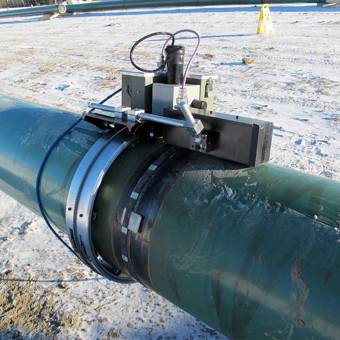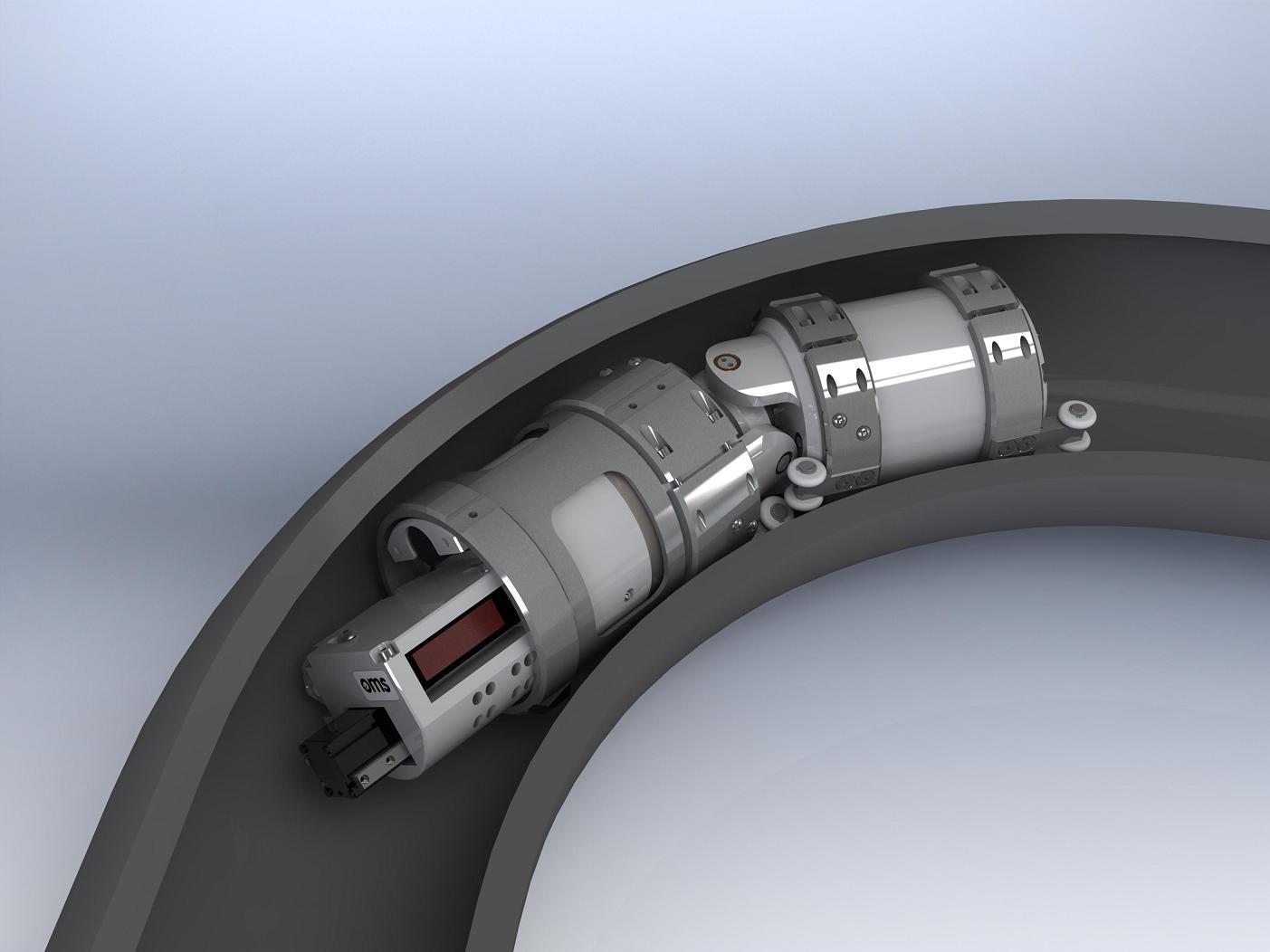Comprehensive Summary of Pipeline Welding Evaluation Procedures
In the realm of pipeline building and construction, ensuring the integrity and security of bonded joints is paramount. Pipeline welding evaluation treatments play an important function in ensuring that bonded connections meet strict industry standards and specifications. From precise pre-welding assessments to extensive post-weld evaluations, a distinct examination process is essential for preserving the architectural soundness of pipelines. Understanding the complexities of welding inspection procedures is not only a regulative demand however also a fundamental aspect of maintaining the dependability of these essential infrastructures.
Pre-welding Assessment Preparations
Prior to starting the welding procedure, thorough pre-welding evaluation prep work are vital to make sure the integrity and quality of the weld joint. These prep work entail a precise exam of the materials to be bonded, the welding equipment, and the work setting. By conducting detailed pre-welding assessment prep work, prospective concerns can be identified and settled early on, leading to dependable and top notch weld joints.
Welding Procedure Certification
Complete pre-welding examination prep work lay the foundation for the critical procedure of Welding Treatment Credentials, making certain the integrity and top quality of the weld joint. Welding Treatment Certification (WPQ) is a crucial action in the welding process that includes screening and licensing welding procedures to ensure they satisfy specific criteria and demands. The WPQ process usually includes welding procedure specification development, welding treatment credentials screening, and documents of the results.
Throughout welding procedure requirements development, necessary information such as the welding process, welding materials, joint style, and welding criteria are defined to produce a thorough procedure. Subsequently, welding treatment credentials screening is performed to verify the recommended procedure's honesty. This testing frequently includes welding test vouchers that undergo numerous mechanical and non-destructive examinations to assess the weld's top quality and adherence to the specified requirements.
In-process Weld Inspection
Throughout the welding procedure, in-process weld inspection plays an important function in making certain the top quality and stability of the weld joint - Pipeline Welding Inspection. This type of evaluation involves keeping track of the welding specifications, examining the weld bead development, and detecting any potential issues or suspensions as they occur. By carrying out in-process weld examinations, welding drivers can quickly resolve any kind of issues that might emerge, thereby protecting against further flaws and ensuring that the final weld satisfies the called for specs
Typical methods made use of for in-process weld examination consist of visual assessment, fluid penetrant testing, magnetic fragment screening, ultrasonic testing, and radiographic testing. Aesthetic evaluation is commonly the very first step in the procedure, allowing inspectors to aesthetically analyze the weld for surface area abnormalities such as splits, porosity, or incomplete combination. Advanced techniques like ultrasonic screening and radiographic testing provide comprehensive insights into the internal structure of the weld, making certain that there are no hidden issues that could compromise the weld joint's strength and honesty. In general, in-process weld evaluation is vital for maintaining the high quality and reliability of welded pipes.
Non-destructive Screening (NDT)
Non-destructive Testing (NDT) is an essential method employed in pipe welding examination to assess the stability of weld joints without triggering damage to the bonded structure. By using various NDT methods, assessors can review the top quality of welds and determine any type of defects or discontinuities that might jeopardize the architectural stability of the pipeline. Common NDT approaches made use of in pipeline welding examination include Radiographic Testing (RT), Ultrasonic Testing (UT), Magnetic Bit Checking (MPT), Liquid Penetrant Testing see this here (LPT), and Visual Testing (VT)
RT entails the usage of X-rays or gamma rays to create photos of the inner structure of the weld, permitting examiners to discover defects such as porosity, cracks, or insufficient combination. Furthermore, VT includes aesthetic assessment of welds to determine any type of visible blemishes.
Post-weld Assessment and Documents


Paperwork of post-weld inspection searchings for is crucial for preserving high quality control records and ensuring compliance with market standards and regulations. Comprehensive reports should consist of info concerning the inspection techniques used, the location and nature of any issues discovered, and any type of corrective activities taken - Pipeline Welding Inspection. Correct documentation not only offers as a document of the weld's high quality however likewise help in future upkeep and assessment processes
Final Thought

In verdict, pipe welding inspection procedures play an essential function in making certain the top quality and integrity of welds. Generally, adherence to correct assessment methods is Home Page crucial to the success of pipe welding projects.
From careful pre-welding assessments to extensive post-weld assessments, a well-defined inspection process is vital for preserving the structural stability of pipes. By performing in-process weld assessments, welding operators can immediately deal with any kind of concerns that may arise, thus stopping more problems and ensuring that the last weld fulfills the required specifications.
Typical methods used for in-process weld evaluation include visual assessment, fluid penetrant screening, magnetic fragment testing, ultrasonic published here screening, and radiographic testing.Non-destructive Screening (NDT) is a crucial technique employed in pipeline welding examination to analyze the stability of weld joints without creating damage to the bonded framework. Post-weld examination includes various methods to evaluate the welds for defects, consisting of visual assessment, color penetrant screening, magnetic fragment testing, ultrasonic screening, and radiographic testing.
Comments on “Secure Your Investment: Thorough Pipeline Welding Inspection for Comfort”